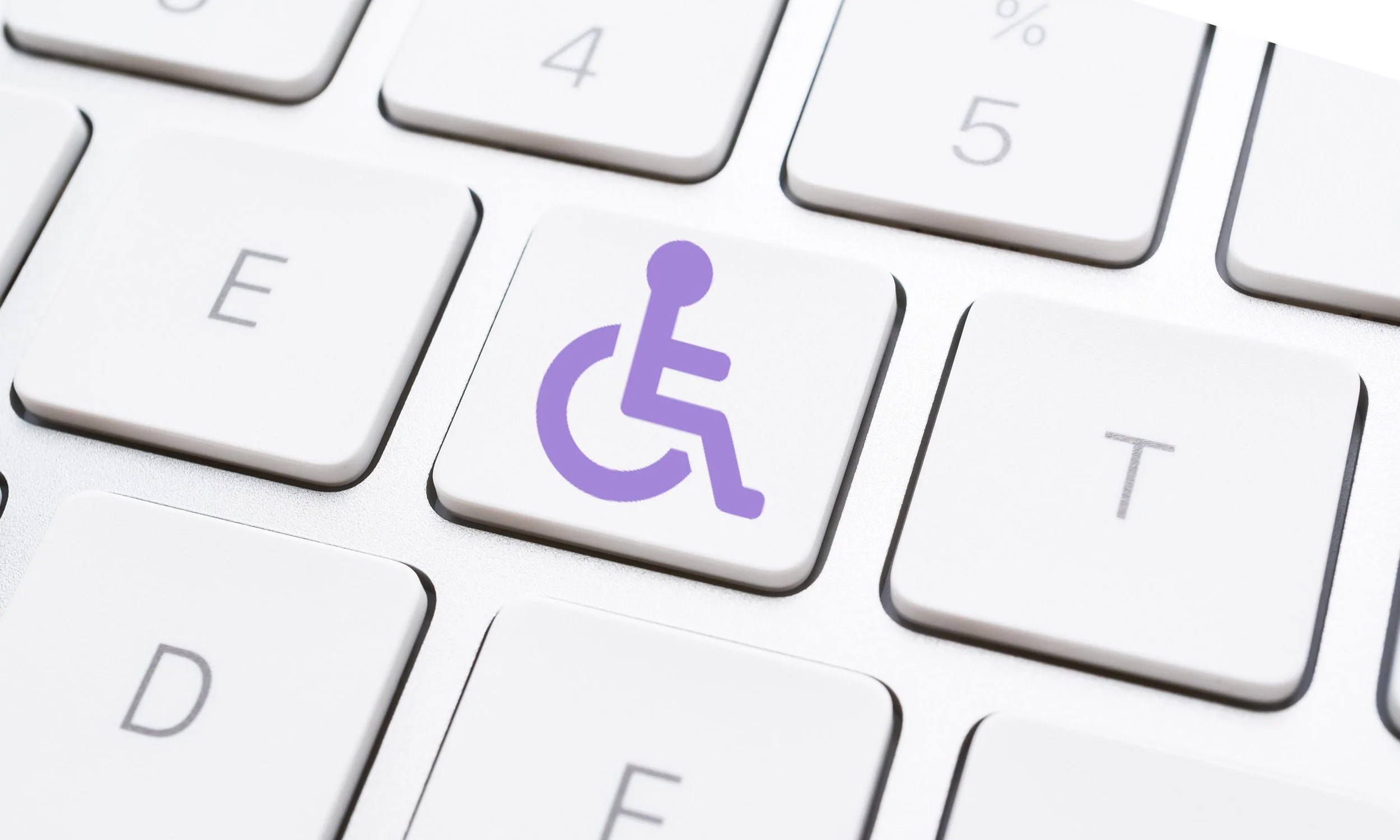Top 5 Web Accessibility Features Every Website Should Have
In today’s digital world, it’s essential for websites to be inclusive and accessible to all users, regardless of their physical abilities or disabilities. Web accessibility goes beyond just making content available—it ensures that every visitor can effectively interact with your site. Implementing key accessibility features not only helps improve compliance with standards like the Americans with Disabilities Act (ADA) and Web Content Accessibility Guidelines (WCAG), but also enhances the overall user experience (UX) for everyone. Making your website more accessible ultimately benefits all users, creating a more inclusive and user-friendly environment.
To help you get started, here are the top five web accessibility features that every website should have:
1. Keyboard Navigation
Not all users can interact with a website using a mouse. People with mobility impairments, vision issues, or motor disabilities often rely on keyboards to navigate through a site. For these users, keyboard navigation is crucial. Websites should be fully operable using only the keyboard, ensuring that visitors can access content, click buttons, fill forms, and move between different elements by using the "Tab," "Enter," and "Arrow" keys.
Keyboard-friendly navigation allows users to move seamlessly through a website, improving the overall usability for those who rely on assistive technology. Ensuring that your website is optimized for keyboard navigation is one of the first steps in creating an accessible site. If you'd like to see how our Razor Accessibility Widget simplifies this process, check out how it enhances navigation for all users.
2. Screen Reader Compatibility
Screen readers are essential tools for visually impaired users, enabling them to listen to web content as it is read aloud. To ensure compatibility with screen readers, your website must be structured with proper HTML tags and include alternative text (alt-text) for images, videos, and other non-text elements. Without these features, screen readers may not be able to interpret or navigate through your content effectively.
For example, providing alt-text for images allows screen readers to describe the image to the user, ensuring they don't miss out on important visual information. Similarly, correctly labeling buttons and links is essential so that users can interact with the site properly. Incorporating screen reader compatibility makes your website more inclusive, and it’s easy to achieve with tools like our Web Accessibility Widget.
3. Adjustable Text Size
One of the most common challenges for users with vision impairments is small or unreadable text. Allowing users to adjust text size is a simple yet powerful feature that enhances accessibility. With adjustable text size, users can increase or decrease the font size according to their preferences, making it easier for them to read and engage with the content.
This feature benefits not only those with permanent visual impairments but also users experiencing temporary challenges, such as tired eyes or difficulty reading on small screens. Making text size adjustable gives users control over their experience, and our Razor Accessibility Widget offers this feature to help improve readability on your site.
4. Color Contrast Options
Color contrast is essential for users with color blindness or low vision. Websites that don’t offer sufficient contrast between text and background colors can be difficult or impossible for some users to read. The WCAG guidelines recommend a minimum contrast ratio of 4.5:1 for normal text and 3:1 for larger text to ensure legibility.
By offering color contrast options, users can customize the website’s appearance to suit their specific needs, making content more readable. This feature often includes the ability to switch between high-contrast modes or adjust individual colors of text, background, and links. Implementing color contrast options improves usability for everyone and is an integral part of any accessible website.
5. Screen Magnification Tools
For users with vision impairments, being able to zoom in on content can be a game-changer. Screen magnification tools allow users to enlarge specific sections of a webpage, such as images, text, or navigation menus, without distorting the overall layout. This feature is especially useful for those who have difficulty reading small text or viewing intricate details on a screen.
Screen magnification ensures that users can comfortably access content without straining their eyes or missing important information. Providing this option as part of your accessibility features helps you cater to a broader audience, ensuring a more inclusive user experience.
Creating an Inclusive Website
Web accessibility is essential for providing a seamless experience for all users, not just those with disabilities. Incorporating features like keyboard navigation, screen reader compatibility, adjustable text size, color contrast options, and screen magnification tools ensures that your website is inclusive, easy to use, and legally compliant. These features don’t just improve accessibility; they also enhance the overall user experience, making your website more engaging and effective for everyone.
Ready to make your website accessible? Explore how our Razor Accessibility Widget can help you integrate these essential features and take the first step towards creating an inclusive online experience.

